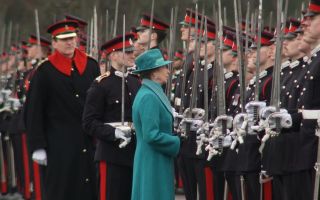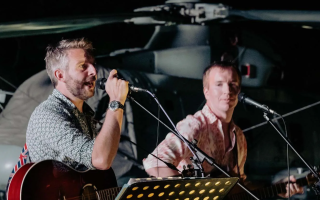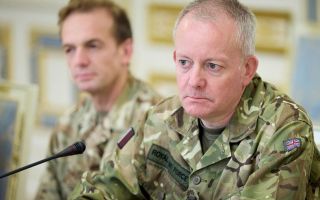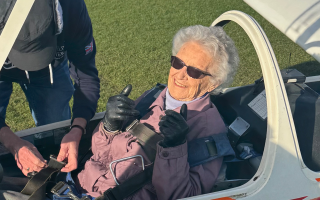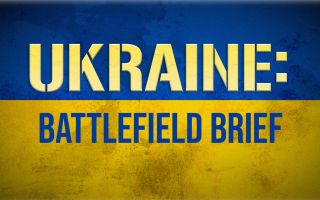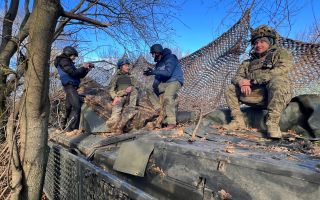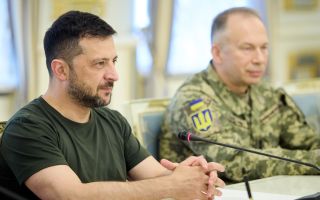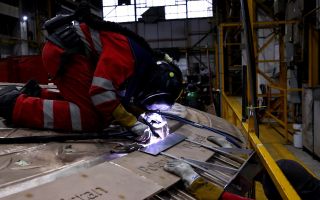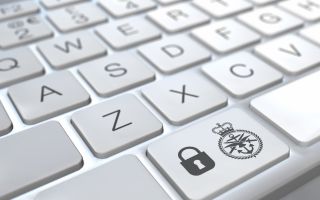Winches, whistles, sails and supplies: How sailors become Seaman Specialists
After 10 weeks of basic training, Royal Navy sailors then need to specialise in the role they have chosen.
The young men and women who have opted to become Seaman Specialists train at the Royal Navy School of Seamanship at HMS Raleigh in Cornwall.
Forces News was invited to take a look at the array of practical and technical skills that the sailors need to master during their time there.
A winch room is used to give the young sailors a controlled and safe environment for them to learn what they will be doing when they go on board ships.
Practising in rough seas, miles from land would be dangerous, and that is why being certain of what you are doing is vital.
"It's a bit daunting at first," Able Rate Talia Reed, a Trainee Seaman Specialist, told Forces News.
"But it's pretty easy to get to grips with. You do all the theory around it first so when you come in here [the winch room] the theory falls into place."
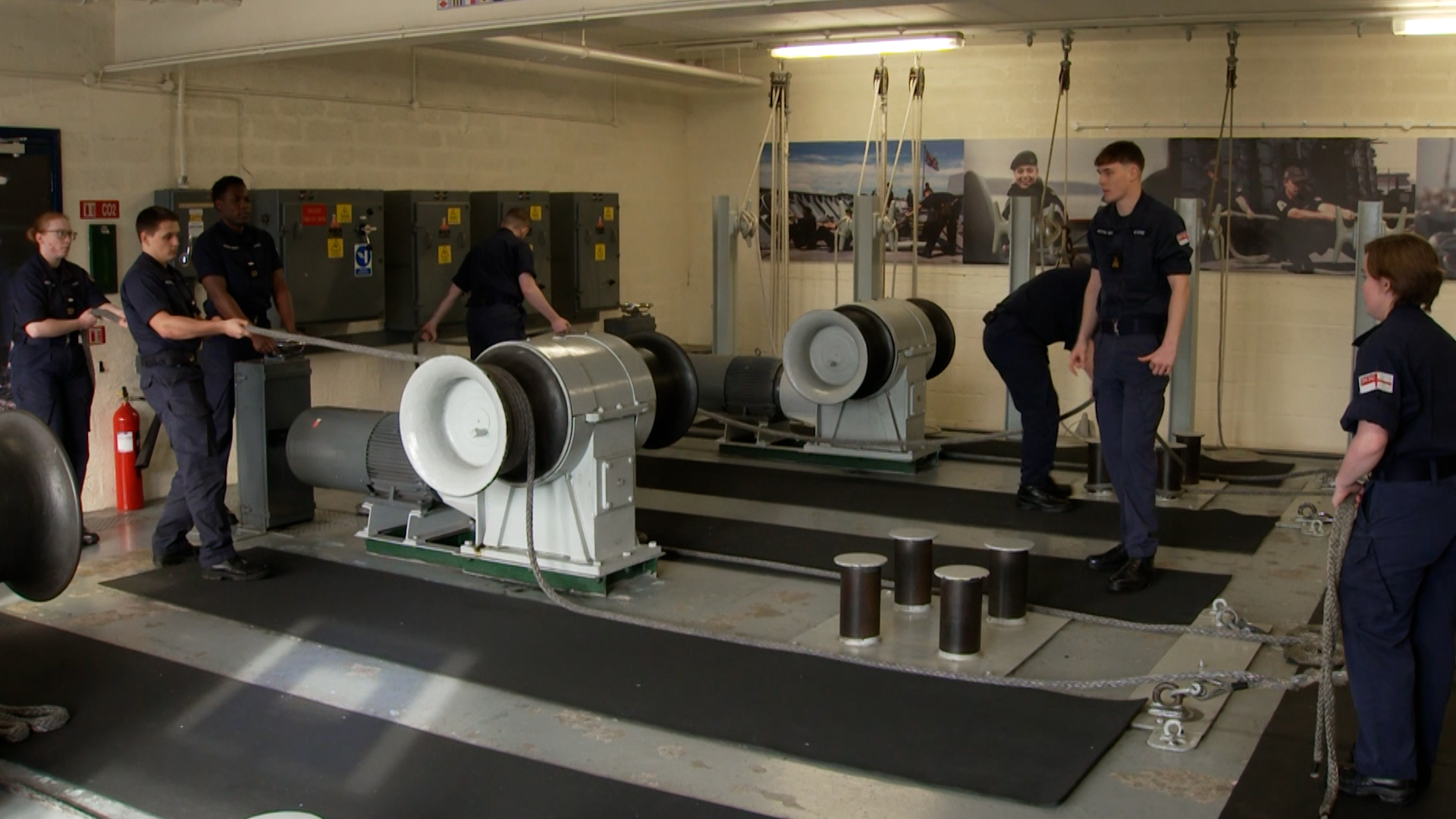
The role of a Seaman Specialist is extremely varied – including mooring and guarding the ship in port, driving a rib, operating a machine gun and communicating.
The fleet work trainer space teaches the future potential specialists all of the above.
"It's essentially where we train our signature specialists how to co-ordinate fleets," Petty Officer Tim Bunczuk, a Phase Two Instructor at HMS Raleigh, explained.
"Although it wouldn't be their decision about what the fleet would do, they would certainly be the ones rule-keeping and also issuing out the orders to everyone else."
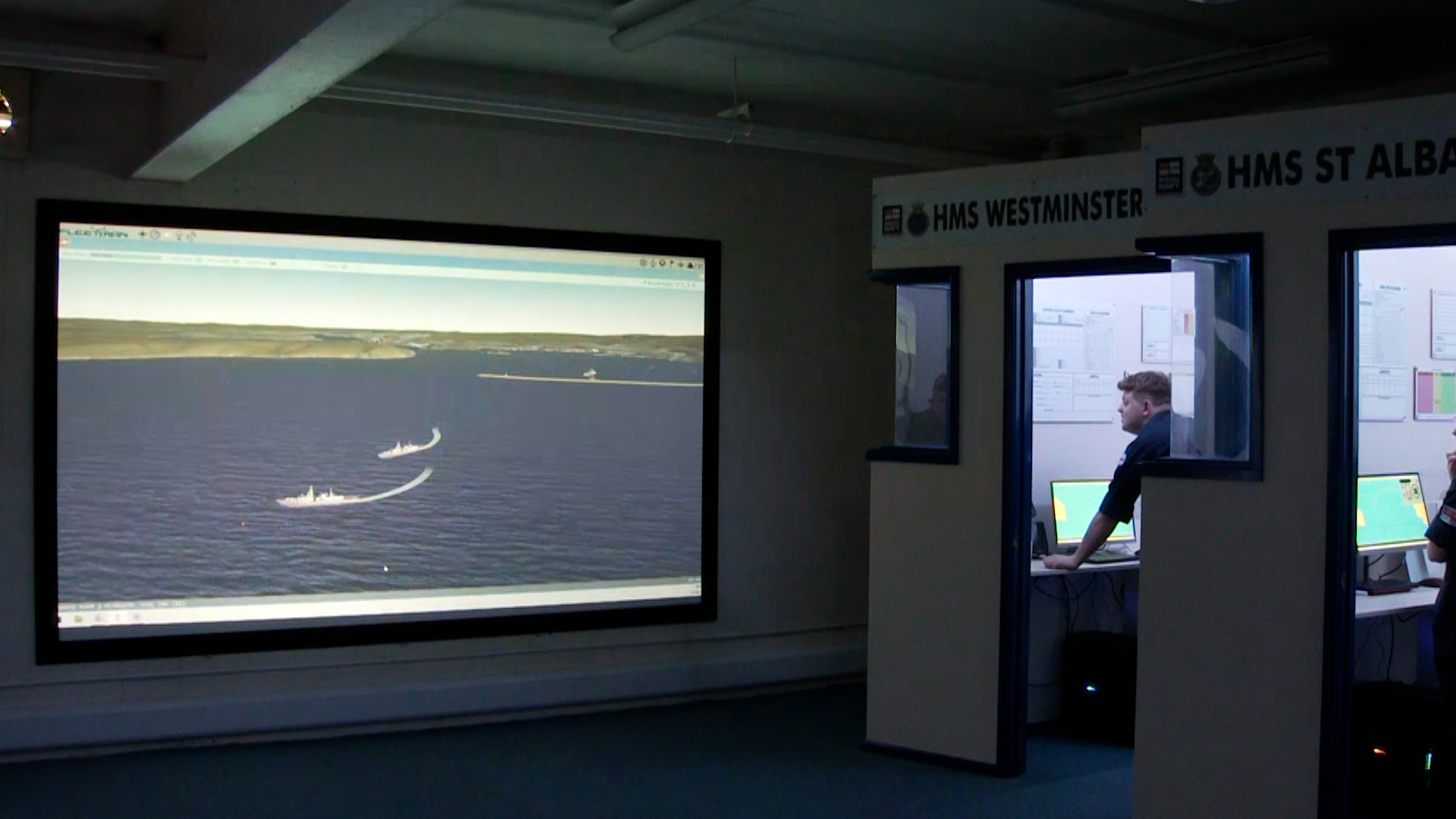
During their training, the trainees have to interpret the orders and issue them to their ship's command, working out how each manoeuvre would be executed.
The use of real-time graphics can make this training come to life.
"The wonderful thing about this simulator is the fact that we can show from quite a distance in a simulated environment the actions that they have brought about," PO Bunczuk said.
When asked how easily they think what is learned and practised will translate to a real situation on a ship, Able Rate Matthew Milner, a Trainee Seaman Specialist, said: "I feel quite confident, actually.
"We get a lot of training, it builds you up to be that confident and take it on a ship."
Crafting skills
The skills associated with sailmaking are still vital in today's Royal Navy and the young sailors learn their crafting skills in the sail loft.
"Although all the technology has moved on and moved forward to become more technological, we still have to cover things on the upper deck," said Lead Sailmaker George Stewart,
"And we still have to have that ability to manufacture, to repair, to replace those covers on the upper deck."
In one of the neighbouring rooms, it's all about ropes – how to mend them, tie them and put them to use in all manner of situations. Here the sailors will be introduced to the art of splicing.
Another area involves flags. The use of flags may seem like an outdated practice, with numerous technological advancements, but they are still used to send messages from one ship to another.
Petty Officer Cameron Evans said: "We still use it to communicate tactically between ships. If the tactical picture means we can't use any radio communications at all, we can still communicate between the ship, passing courses, speeds... all using the flags."
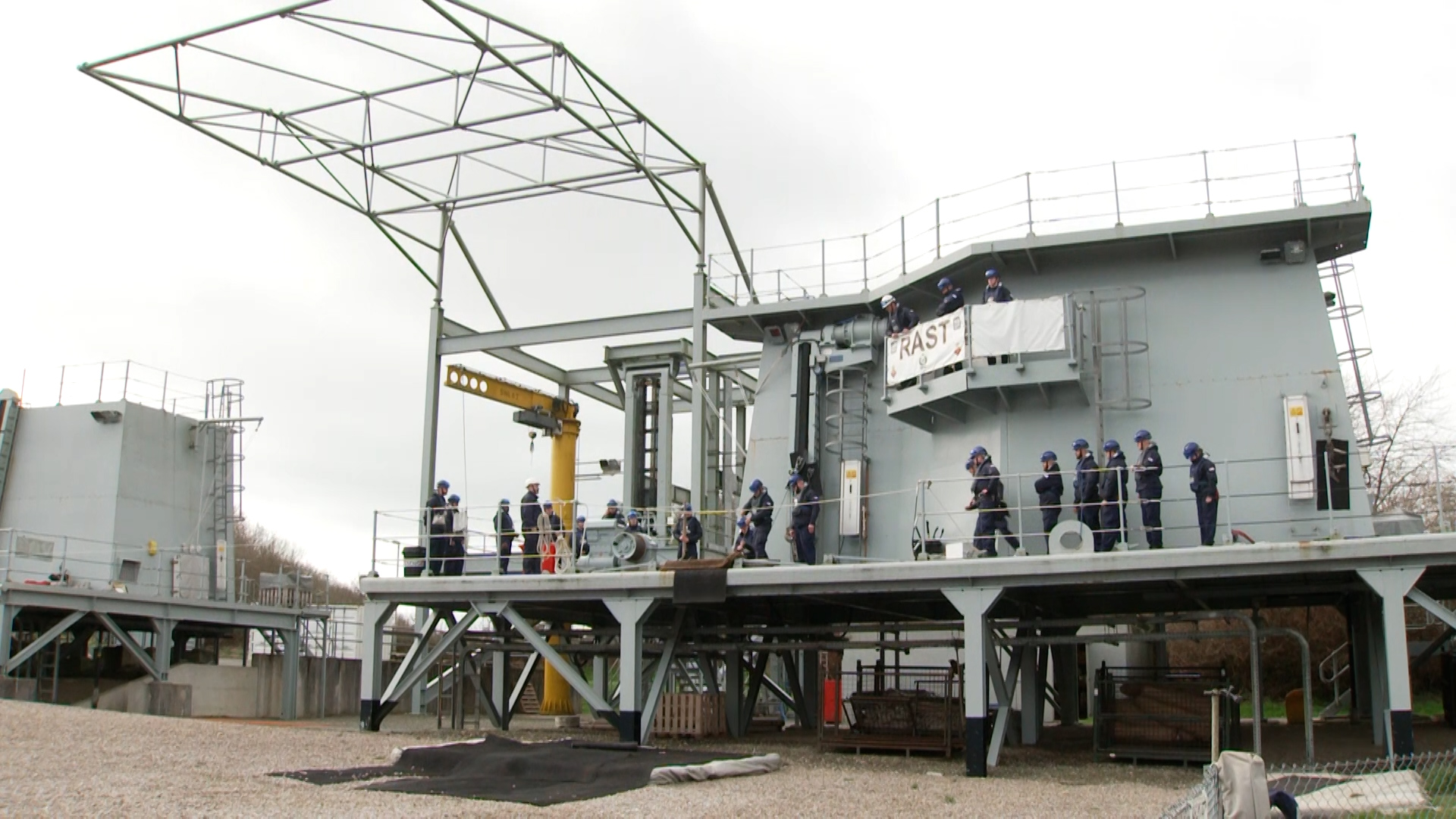
Another effective teaching tool is the Replenishment at Sea Trainer.
Using a life-size representation of a Type 23 frigate or Type 45 destroyer, this trains the Seamen Specialists how to get fuel and other supplies onto their ship safely from a Royal Fleet Auxiliary tanker.
HMS Raleigh's School of Seamanship shows the state of the art and the traditional being taught together - and both are vital to the success of the modern Royal Navy.

